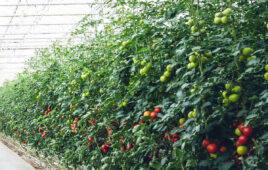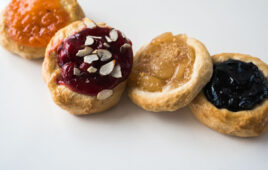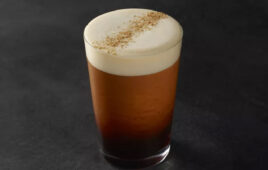 Beer has been around for thousands of years, but it wasn’t until 1993 that the first hard seltzer was introduced. Hard seltzer sits somewhere in the middle between beer and traditional cocktails, and while it wasn’t too well-received originally, hard seltzers have skyrocketed in popularity over the past several years since the pandemic. These two alcoholic beverages are similar in their creation, but there are many differences between the two.
Beer has been around for thousands of years, but it wasn’t until 1993 that the first hard seltzer was introduced. Hard seltzer sits somewhere in the middle between beer and traditional cocktails, and while it wasn’t too well-received originally, hard seltzers have skyrocketed in popularity over the past several years since the pandemic. These two alcoholic beverages are similar in their creation, but there are many differences between the two.
The true difference between the two beverages comes down to what is being fermented. Both beer and hard seltzer are brewed and fermented from a sugar source that when paired with yeast creates alcohol. This process means hard seltzer somewhat surprisingly falls into the beer category as a “flavored malt beverage,” rather than into a pre-mix category. However, hard seltzer is made from fermenting cane sugar or sugar with water, whereas beer uses malted grains as the primary source of sugar.
Beer begins with malted grains like barley or wheat, which are mashed into hot water to extract the sugars resulting in a substance known as wort. Afterward, this liquid is boiled, hops are usually added, and then cooled. Finally, brewers transfer the brew to fermentation tanks and add yeast. The seltzer brewing process starts with fermenting pure sugar sources such as cane sugar, agave syrup, glucose, liquid invert sugar or honey in water. The high-quality and viable strains of yeasts are used to convert sugar into alcohol and carbon dioxide. Next, the fermented alcohol is filtered thoroughly to get a colorless, odorless and flavorless alcohol base which acts like a blank canvas for the addition of natural or artificial flavoring agents. Afterward, this liquid goes through a carbonation process.
With beer, there are aromatic notes of herbs, spices and tropical fruits from hops paired with malty, toasty and sweet aroma from malts. The type and quantity of malts, hops and yeasts are responsible for the overall flavor profile of a beer, which can range from sweet, balanced, malty and hoppy to clean and crisp. Hard seltzer typically tastes like sparkling soda with subtle alcoholic content and a fruity flavor. One of the main selling points for hard seltzer is the low-carbohydrate and low-calorie profile of about 100 calories per can, whereas most beers is 150 calories or more. Hard seltzer is also a good alternative for those who want to enjoy a non-bitter and gluten-free alcoholic drink.




